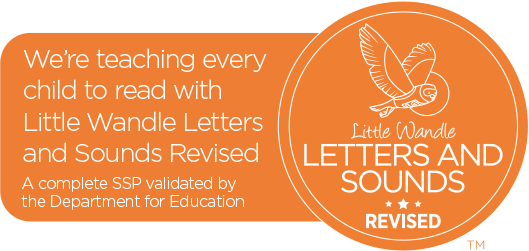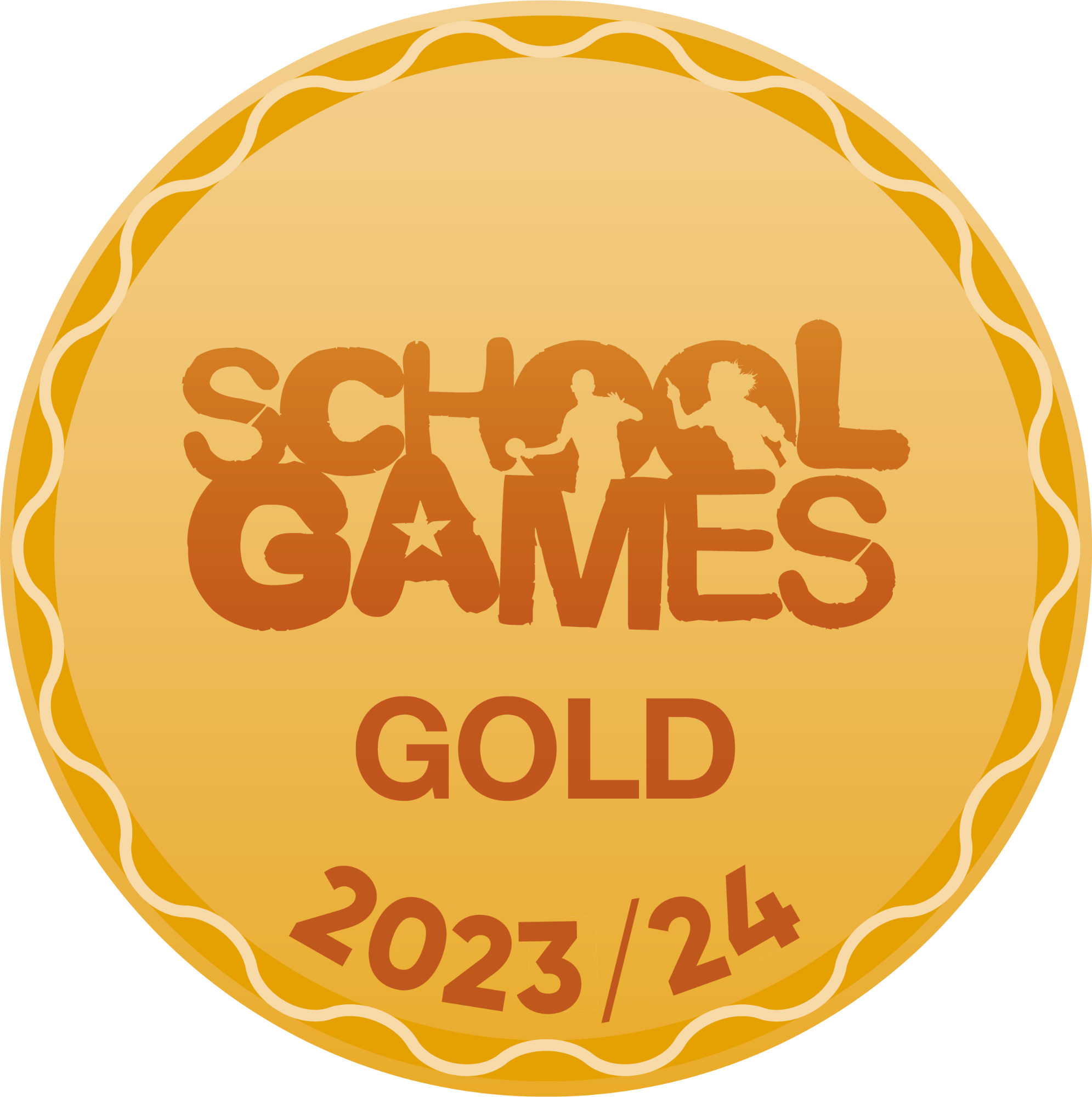Art & Design
 Art & Design Curriculum Intent:
Art & Design Curriculum Intent:
Throughout their time at Uffington CE Primary School, the children will be inspired to explore an arts programme that extends beyond the National Curriculum. The children will be able to develop and think innovatively to develop their creative understanding. The children will be exposed to a range of artists and will develop their knowledge, vocabulary and artistic terminology.
Nurture: At Uffington CE Primary School the children have access to art both within a classroom and in our dedicated art space. The children will be given the opportunity to express themselves both independently and collaboratively. The children will feel empowered to be creative, make their own choices and follow their own lead. This will follow up with the opportunity to reflect and evaluate on their work. The children can experiment in a safe environment where there are no right or wrong results, therefore, focusing on self-expression and self-esteem may be increased.
Curiosity: During their time at Uffington CE Primary School the children will be able to develop their creative imagination through a skills based art curriculum. This will allow the children to express their creativity and imagination. They will also be provided with the opportunity to develop and master key skills in art; drawing, textiles, printing, sculpture and painting. The children will have the opportunity to explore a range of materials and media throughout their time at the academy. This art work will be supported through the study of key artists. The children will develop their knowledge of these artists and their work.
Diversity: The art curriculum will develop the children's understanding of cultural heritages. They will be exposed to a diverse range of artists, craft makers and designers from different cultures, countries and backgrounds.
Ambition: Through the opportunity to explore a diverse range of artists, the children will develop a sense of high expectation and will challenge themselves. The children will be encouraged to share and take ownership of their work. They will be given the time to reflect and share in their process, thinking about the changes they can make to develop their mastery or Art and Design techniques.

Implementation:
There are five strands that run throughout our Art & Design curriculum:
- Making: painting, drawing, printing, creating 2 & 3D art and crafting
- Generating ideas and taking inspiration from a range of artists and crafts people
- Formal elements: colour, form, line, pattern, shape, texture and tone
- Knowledge of artists' work and techniques
- Evaluating: critiquing their own work and that of others
These strands are revisited in every unit. In the Art and design skills and the Formal elements of art units, pupils have the opportunity to learn and practice skills discretely. The knowledge and skills from these units are then applied throughout other units in the scheme. Key skills are revisited again and again with increasing complexity in a spiral curriculum model. The allows pupils to revise and build on their previous learning.
The curriculum develops pupil’s knowledge and understanding of key artists and art movements through the units and links to artists through practical work. Each unit fully scaffolds and supports essential and age-appropriate sequenced learning and is flexible enough to be adapted to form cross-curricular links. Creativity and independent outcomes are robustly embedded in units, supporting pupils in learning how to make their own creative choices and decisions, so that their art outcomes, whilst still being knowledge-rich, are unique to the pupil and personal.
Impact
The Art & Design curriculum is designed in such a way that children are involved in the evaluation, dialogue and decision making about the quality of their outcomes and the improvements they need to make. By taking part in regular discussions and decision-making processes, children will not only know facts and key information about art, but they will be able to talk confidently about their own learning journey, have higher metacognitive skills and have a growing understanding of how to improve. Children should leave primary school equipped with a range of techniques and the confidence and creativity to form a strong foundation for their Art and Design leaning at Key Stage 3 and beyond.
We expect that children will:
- Produce creative work, exploring and recording their ideas and experiences
- Be proficient in drawing, painting, sculpture and other art, craft and design techniques.
- Evaluate and analyse creative works using subject-specific language.
- Know about great artists and the historical and cultural development of their art.
- Meet the end of key stage expectations outlined in the NC for Art and Design.








